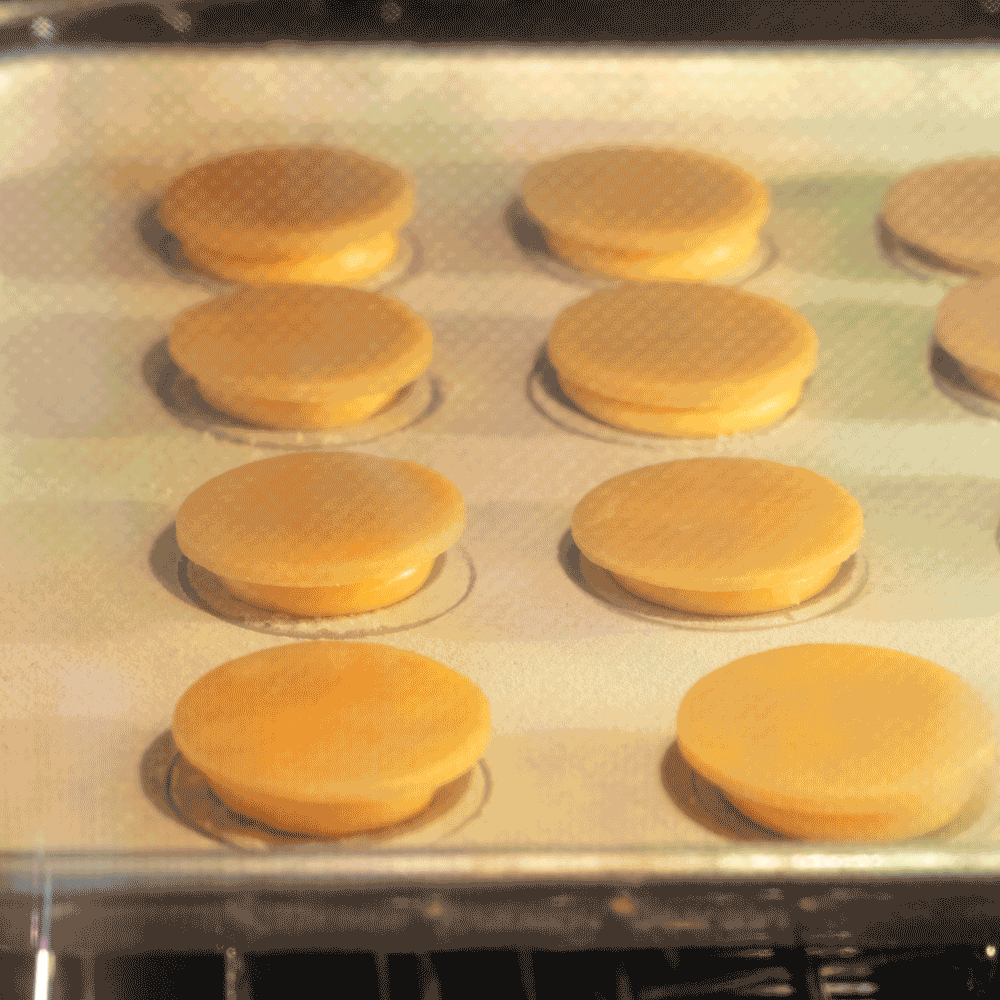I’ve always loved cream puffs (called choux à la crème in France). The contrast between the minimally sweetened, delicately crisp pastry with its simple eggy flavor and the voluptuous, vanilla-scented filling makes the combination magical. I’d never considered that there could be anything to improve upon the formula.
But then I discovered choux au craquelin. These puffs are capped by a thin, cookie-like layer (craquelin translates as “cracker”) that not only helps smooth out the shape of the puffs so that they’re more uniformly round and pretty but also adds buttery taste and some extra crunch that makes this dessert even more delectable. And if that weren’t enough, the craquelin also helps the crisp, sweet pastry balloon hold its texture for hours after it’s loaded with cream.












